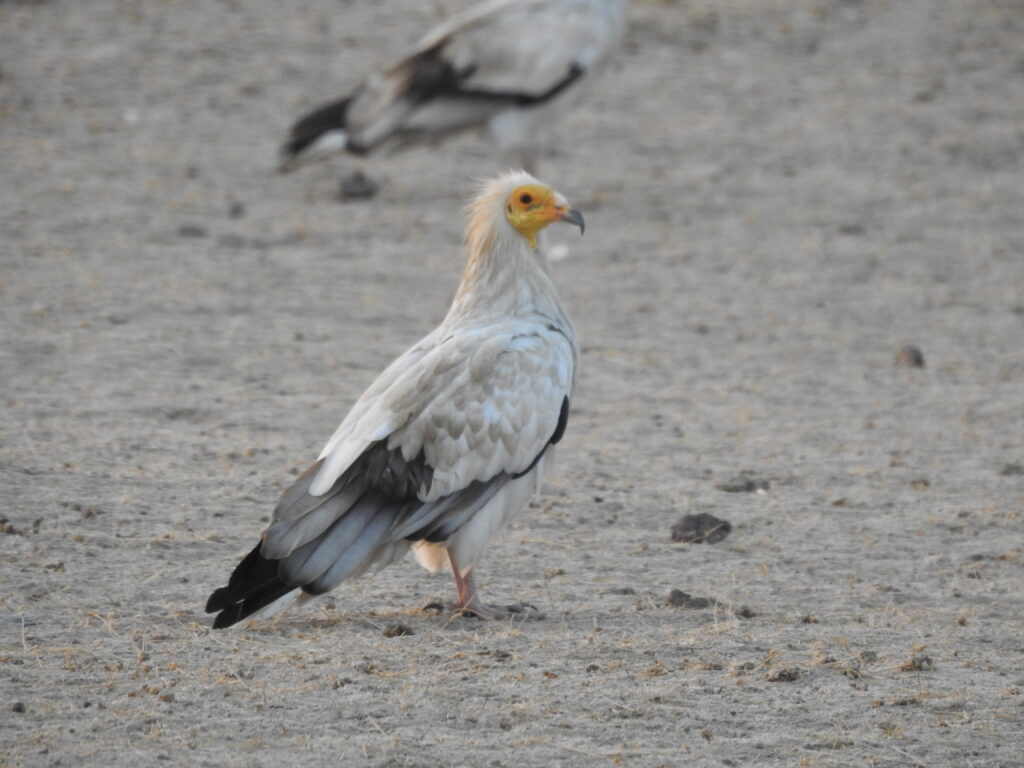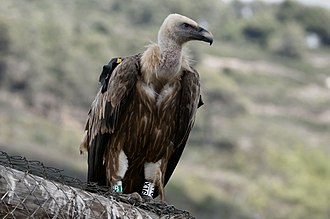On the 21st of April 2021, around 67 dead vultures were discovered in the lowlands of the Nawalparasi district in Nepal. Corpses of the threatened Himalayan, Slender Billed and Cinereous vultures as well as the critically endangered White-Rumped Vulture were spotted in this vulture graveyard. The carcasses are often poisoned in hope to kill predators such as foxes and wolves. This prevents the predation of livestock. It is unfortunate that vultures are undeserving victims of human-carnivore conflicts. This is a massive roadblocks for the reintroduction of vultures.
This was a disturbing set back for Vulture Conservation Projects in the subcontinent. It revived memories of region’s devastating Vulture Crisis of the last 20th Century. the vultures were likely to have consumed poison through a dog carcass.
Such incidents are not isolated to Nepal and the Indian subcontinent. Recently, 500 critically endangered vultures were found dead after consuming a poisoned elephant carcass.
The Vulture Crisis
In the last decade of the 20th century, vulture populations were decimated. The three species classified under the genus Gyps have lost 99% of their population. In fact, all three species are now considered “Critically Endangered” on the IUCN Red List for Threatened Species Other species, such as the Egyptian and Red Headed Vultures have lost 80% of their population.

Figure 1: Egyptian Vultures will soon be included in Conservational Efforts
It was not until 2004 that the underlying cause of this massacre was detected. The use of diclofenac, an anti-inflammatory drug used to treat livestock proved to be fatal. This drug would be consumed by vultures through livestock carrions. The consumption of the drug would then cause kidney and gout failure and would eventually kill the vulture. This was a phenomenon across the subcontinent as India, Bangladesh, Pakistan and Nepal all witnessed a sharp decline in vulture populations.
How the Vulture decline caused a Public Health Disaster
The decimation of vulture populations has led to an ecological and health crisis as vultures are amongst the most efficient scavengers. The population of feral dogs and pests have skyrocketed following the vulture crisis due to the abundance of unconsumed carcasses. However, unlike vultures, these scavengers are unable to destroy the pathogens present in the decaying carcass. The highly corrosive vulture stomach of vultures are able to destroys pathogen such as botulinum toxin and hog cholera bacteria.
Other scavengers are unable to do so. Hence, they become carriers of numerous deadly diseases including rabies, anthrax and plague. These zoonotic diseases, especially rabies, have proven costly for humans. Over 500,000 people are treated for rabies annually. Meanwhile, the Indian government spends $24 billion per annum, providing rabies and sterilizing dogs.
Vulture Conservation Efforts

Fortunately, conversation efforts have yielded awards for their perseverance. After much activism, India banned the use of Diclofenac to treat livestock in 2006. Nepal and Pakistan soon followed suit. India has also restricted the vial size for human consumptions. This has prevented the misuse of excess drugs for livestock. Furthermore, a replacement drug, Meloxicam, has been developed. The drug was tested on captive vultures and proved to be harmless. It will prove to be a suitable substitute to Diclofenac.
To revive the vulture populations, eight breeding centers have been established in India. Here Vulture Chicks are reared meticulously. Upon reaching adulthood, the vultures are released into the wild. 2007 marked a major milestone, when the first White Rumped Vulture Chick hatched at the Shivalik Breeding Centre. By 2017, the Centre’s vulture population skyrocketed to 250.
Asia’s first vulture reintroduction took place in Pinjore in October 2016 with the release of two parent Himalayan Griffons. Ever since, plenty of successful vulture released have taken place. In fact, even during the pandemic, India released eight critically endangered White Rumped Vultures in Panchkula, Haryana. The Pinjore Centre hopes to release at least 100 vultures between 2016 and 2026.
The Way Forward for India’s Vultures
There have been numerous setbacks, including the increase in the rise of a diclofenac black market. However, this hasn’t reduced the persistence of conservation efforts. A highly ambitious Action Plan for Vulture Conservation has been published by MoEFFC, BHNS and SAVE. It includes plans to establish four Rescue Centers to treat vultures injured in the wild. Proposals have been made to create vulture safe zones in a radius of 100km from a roosting site. The usage of livestock drugs in the region will be controlled through advocacy and strict maintenance. The Red-Headed and Egyptian Vultures also have been included in the action plan
The revival of the Vulture Population has proven tough. Nonetheless, persistence is paying its reward, and has given these critical scavengers a glimmer of hope. With her rich conservational history, there is no doubt India will revive the symbolic scavenger!
Help us Help Them! Think Wildlife Foundation is a non profit organization with various conservation initiatives. Our most prominent campaign is our Caring for Pari intiative. Pari is a rehabilitated elephant at the Wildlife SoS Hospital. 25% of the profits from our store are donated to the elephant hospital for Pari. Other than buying our wonderful merchandise, you could donate directly to our Caring For Pari fundraiser.
